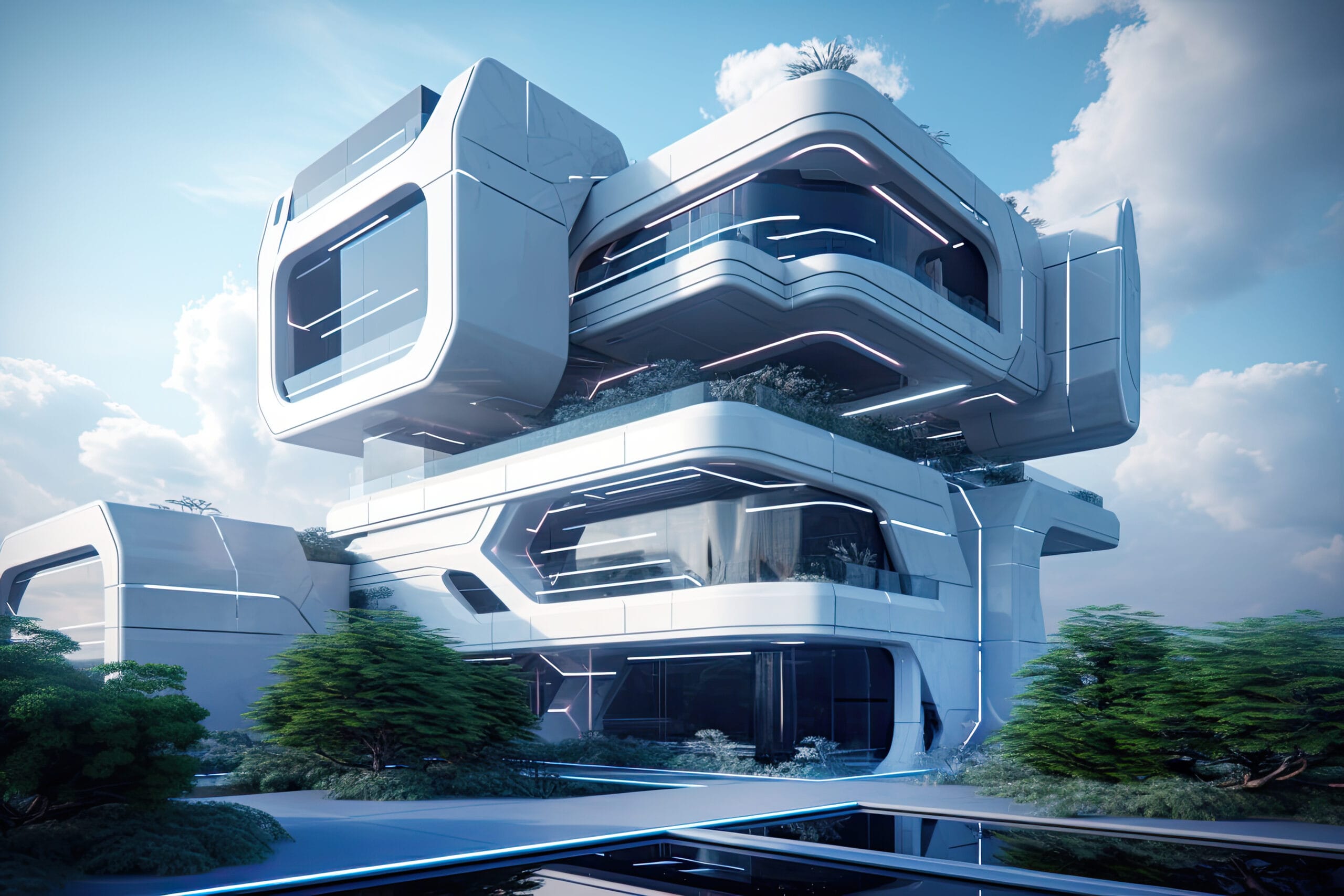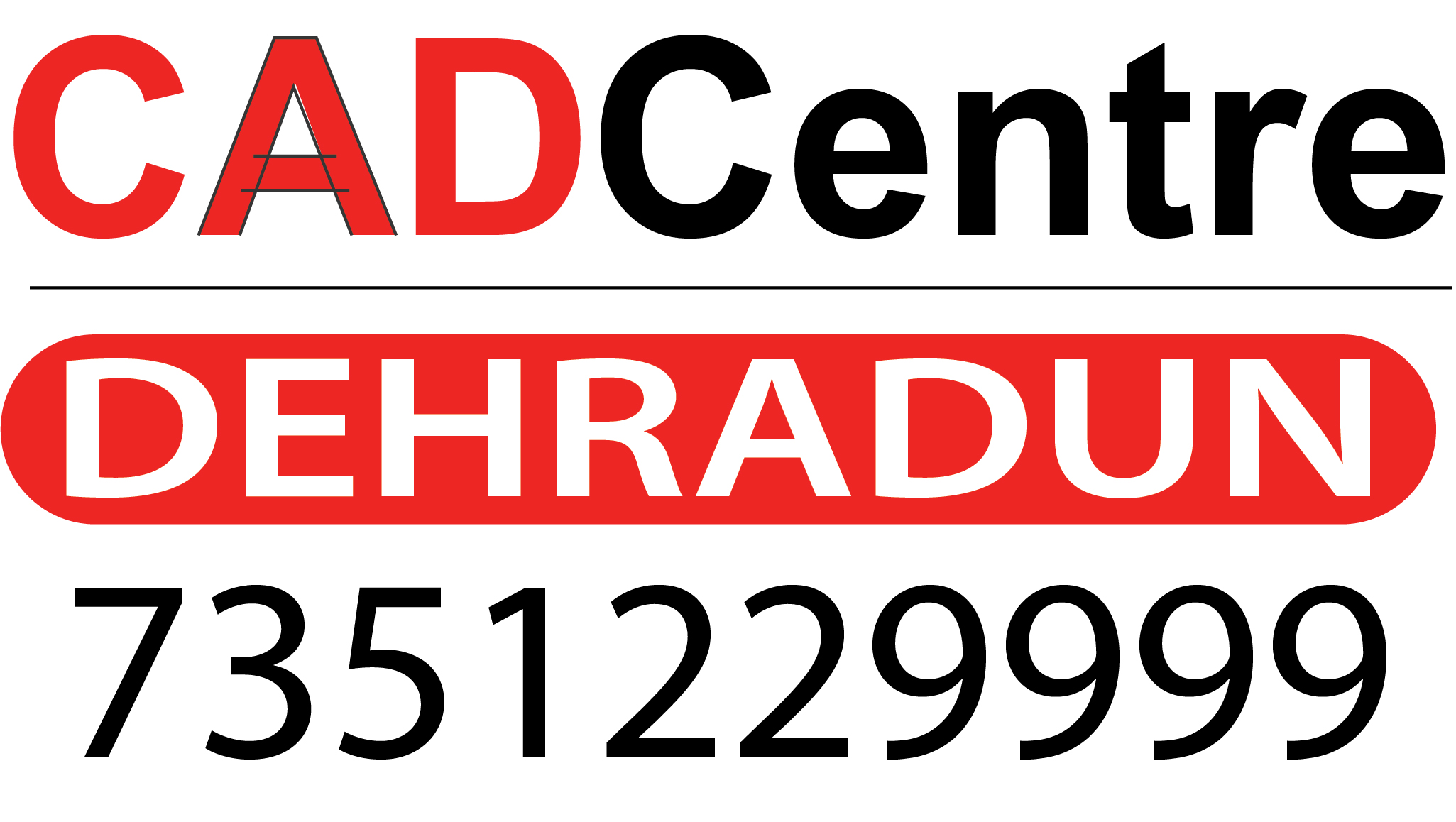V-Ray Training in Dehradun
V-Ray
V-Ray is a popular and powerful computer graphics rendering software used in various industries, particularly in the fields of architecture, interior design, product design, and entertainment. Developed by Chaos Group, V-Ray is known for its ability to create photorealistic images and animations from 3D models

Role
V-Ray is a powerful and widely used rendering engine that plays a crucial role in the field of computer graphics and 3D rendering. It is developed by Chaos Group and is known for its high-quality and realistic rendering capabilities. V-Ray is used in various industries, including architecture, interior design, product design, film and television production, and video game development. Its primary role can be summarized as follows:
Rendering Realistic Images: V-Ray is primarily used to render highly realistic images and animations from 3D models and scenes. It employs advanced algorithms and techniques to simulate the behavior of light and materials, resulting in lifelike visuals.
Photorealistic Visualization: Architects, interior designers, and product designers use V-Ray to create photorealistic visualizations of their designs. This helps clients and stakeholders better understand how a project will look once completed.
Film and Animation Production: V-Ray is commonly used in the film and animation industry to create visual effects, CGI (Computer-Generated Imagery), and 3D animations. It can handle complex scenes and simulations, making it valuable for creating movie-quality visuals.
Architectural Visualization: V-Ray is a popular choice for architectural visualization because it can produce highly detailed and accurate renderings of buildings and interior spaces. This is essential for presenting architectural designs to clients and for marketing purposes.
Product Design and Visualization: Manufacturers and product designers use V-Ray to create realistic renderings of products before they are physically manufactured. This allows for design validation and marketing materials production.
Game Development: In the video game industry, V-Ray is used to create detailed and visually impressive environments and assets. While real-time game engines like Unreal Engine and Unity are used for in-game rendering, V-Ray may be used for pre-rendered cutscenes or promotional materials.
Industrial Design: V-Ray is employed in industrial design to visualize and evaluate product prototypes and concepts. It aids in the design iteration process and helps designers make informed decisions about materials and lighting.
Animation and Visual Effects: V-Ray is used in the creation of visual effects for movies and television shows. It can handle complex scenes with dynamic lighting, particles, and simulations to produce stunning effects.
Virtual Reality (VR) and Augmented Reality (AR): V-Ray is integrated into VR and AR applications to render immersive virtual environments and architectural walkthroughs. This enhances the overall user experience and allows for better design evaluation.
Product Marketing: V-Ray is used to produce high-quality marketing materials, including brochures, catalogs, and websites, by generating photorealistic product images and scenes.
In summary, V-Ray’s role is to enable artists, designers, and professionals to produce highly realistic and visually compelling renderings and animations across various industries. Its capabilities make it an essential tool for achieving photorealism and enhancing the visual communication of 3D projects.
Job Titles
Professionals skilled in V-Ray, the rendering engine and visualization software, can pursue various job titles and roles in industries like architecture, design, entertainment, and more. Here are some job titles and roles where V-Ray skills are often sought after:
3D Visualization Artist: 3D visualization artists specialize in creating high-quality, photorealistic renderings and animations of architectural designs, interior spaces, products, and more using V-Ray.
Architectural Renderer: Professionals in this role focus on rendering architectural designs and visualizations, helping architects and designers present their concepts and projects to clients and stakeholders.
Rendering Specialist: Rendering specialists use V-Ray’s advanced features to produce top-notch visualizations for architectural firms, design studios, and construction companies.
VFX (Visual Effects) Artist: VFX artists leverage V-Ray to create realistic visual effects, compositing V-Ray-rendered elements into live-action footage for film and television productions.
Product Visualization Artist: Product visualization artists use V-Ray to create detailed and realistic renderings of products, prototypes, and packaging for marketing and advertising purposes.
Interior Render Artist: Interior render artists specialize in creating stunning visualizations of interior spaces, helping interior designers and architects showcase their designs to clients.
Lighting and Shading Artist: Lighting and shading artists focus on creating and optimizing lighting setups and materials to achieve realistic and visually appealing renderings.
3D Animator: 3D animators use V-Ray to render animations, whether for architectural walkthroughs, product animations, or visual effects sequences in films.
Visualization Consultant: Visualization consultants offer expertise in using V-Ray to create compelling visuals for clients and projects across various industries.
VR (Virtual Reality) Developer: VR developers utilize V-Ray to create immersive VR experiences, allowing users to explore 3D environments in virtual reality.
3D Modeler: While not strictly a rendering role, 3D modelers create the 3D assets and scenes that are later rendered using V-Ray.
CAD Technician: CAD technicians may use V-Ray to enhance presentations and visualizations of engineering and architectural projects.
Educator/Trainer: Educators and trainers teach V-Ray skills to students and professionals in academic institutions, training centers, or as freelance instructors.
Freelance 3D Artist: Freelancers with V-Ray skills offer their rendering and visualization services to clients in need of high-quality 3D imagery and animations.
Virtual Set Designer: In the entertainment industry, virtual set designers use V-Ray to create realistic virtual sets for film, television, and gaming productions.
Visualization Manager: In larger architectural firms and design studios, visualization managers oversee the rendering and visualization processes and may lead a team of artists.
V-Ray skills are highly valuable in the field of computer graphics, 3D modeling, and visualization, offering a wide range of career opportunities in various creative industries. Professionals in these roles often work on projects that require visually stunning and realistic renderings, animations, and visual effects.
Contact Us
-
9d Astley Hall, Dehradun, Above Book World, Dehradun, Uttarakhand 248001
- Sudhowala Chowk, Dehradun, Uttarakhand, 248007
- +91 7351229999
- info@reeaait.com

